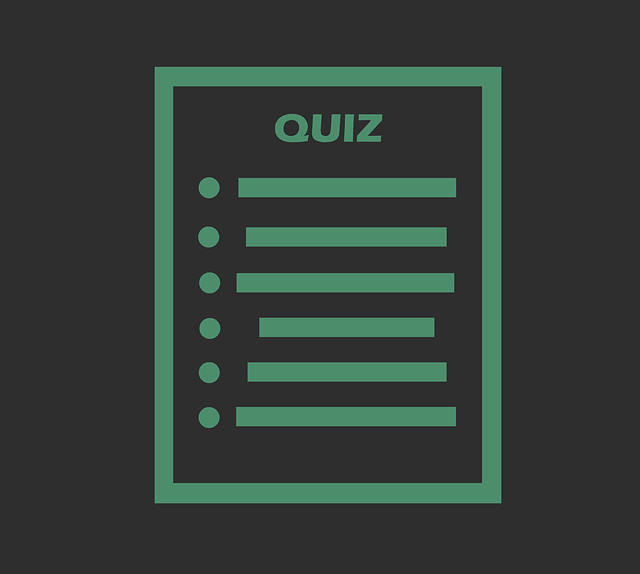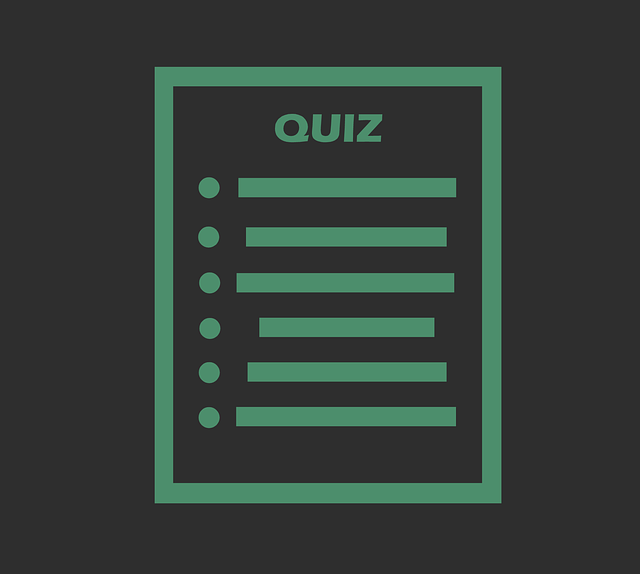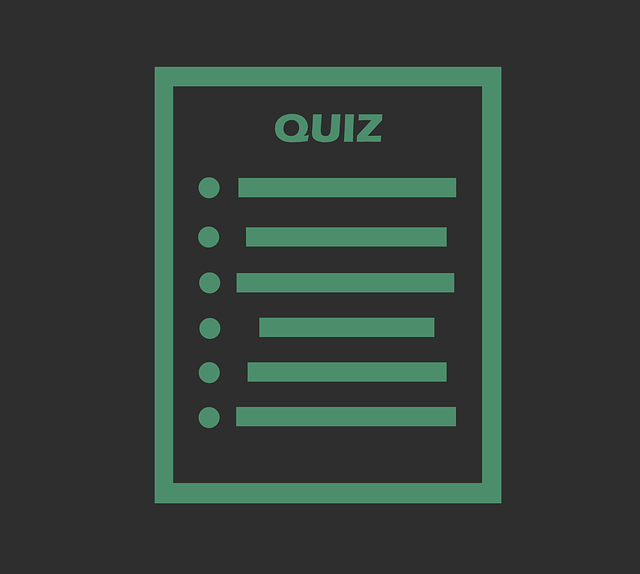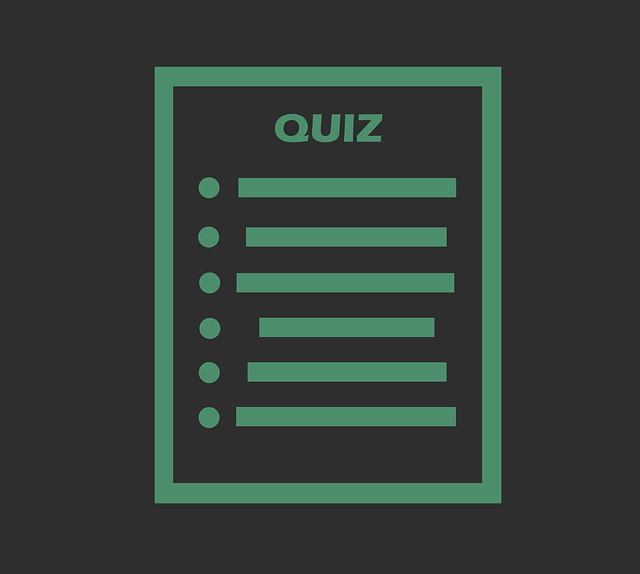In this blog you will find the correct answer of the Coursera quiz Psychological First Aid Coursera Answer mixsaver always try to brings best blogs and best coupon codes
Week- 2
Modules 1 & 2 Quiz
1. When considering the mental health aspects of public health emergencies and disasters, we are most concerned with the phenomenon of:
- Surge
- Stress
- Post traumatic stress disorder (PTSD)
- None of these options
2. Experiences in the United States and other countries have shown repeatedly that following disasters, particularly those occasioned by violence, there is an increase of demand for health services, including mental health. This requires:
- None of these options
- Increased surge capacity
- More psychologists
- More shelters
3. An analysis of over 160 empirical studies conducted by Norris and her colleagues (2006) revealed evidence of severe to very severe impairment (interference with functioning) among survivors. What percent of survivors were incapacitated?
- 10
- 20
- 50
- None of these options
4. According to Beverly Raphael, what percent of survivors of a disaster could benefit from PFA?
- 25
- 20
- 15
- 10
5. According to Boscarino, et al (2011), crisis intervention, when compared to multi-session psychotherapy, was found to be:
- No comparison could be made
- Less effective
- More effective
- About the same in terms of effectiveness
6. The Johns Hopkins approach to enhancing surge capacity relies upon:
- Building and enhancing local response capacity via PFA
- Establishing better transportation systems
- None of these options
- Building and enhancing external response capacity via PFA
7. In the simulation you watched George approach Gina as she enters the disaster relief center. In the “flawed” example, what did George do that was in error?
Click here to revisit the video
- He tried to “fix” the problem
- He failed to listen accurately
- His comments were dismissive of Gina’s true concerns
- All of these options
8. In the simulation you watched George approach Gina as she enters the disaster relief center. In the “correct” example, what did George do that indicated “reflective listening”?
Click here to revisit the video
- He recognized Gina’s loss was far more than just a house
- He doesn’t walk up behind her
- He waits for her to get oriented in the new place
- All of these options
9. As Gina first told her story to George, what seemed most on her mind?
Click here to revisit the video
- None of these options
- Her emotional attachment to the house
- Finding shelter
- Losing her house
10. By the end of their initial encounter, as shown in the “correct” simulation, what do you think Gina’s impression of George might be?
Click here to revisit the video
- George is someone she can speak further to
- George is incompetent
- None of these options
- George is easily distracted
Important Links:
- Psychological First Aid Coursera Week 3 Quiz
- Psychological First Aid Coursera Week 4 Quiz
- Psychological First Aid Coursera Week 5 Quiz





